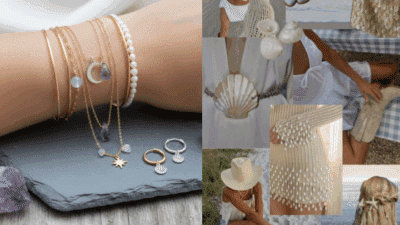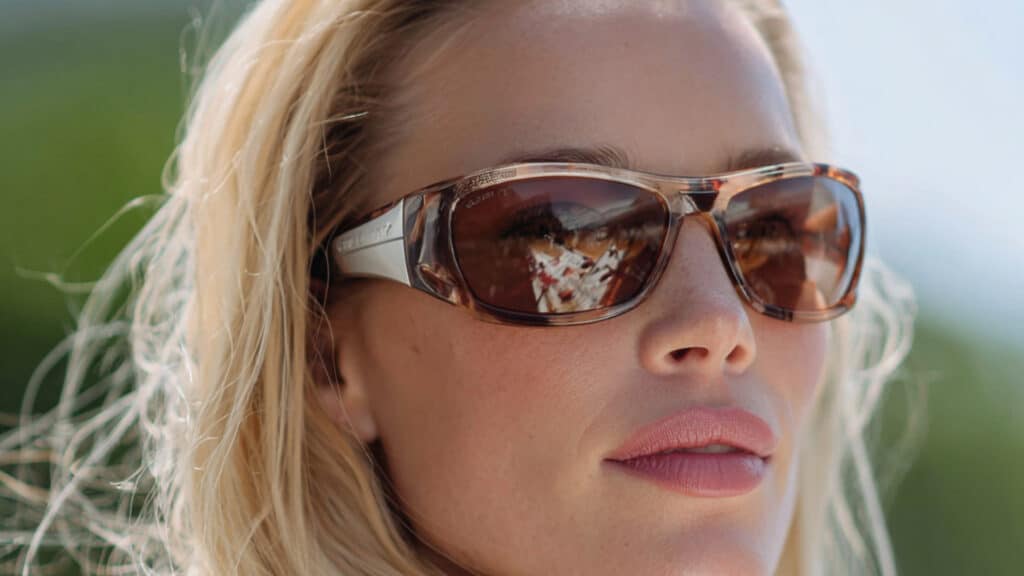
You know what’s frustrating? Ordering sunglasses online that are supposed to fit over your glasses, only to have them show up looking like they belong on a giant.
I learned this the hard way last summer when I bought three different pairs before finding one that actually worked. That’s when I realized most people are making the same basic mistakes I was.
Here’s the thing – getting fit over sunglasses that actually fit isn’t rocket science. You just need to know what you’re doing. And honestly? Once you get it right, you’ll wonder why you ever struggled with squinty drives or switching between regular glasses and prescription sunglasses.
Let me walk you through exactly how I figure out the perfect size every single time.
Why Most People Get This Wrong
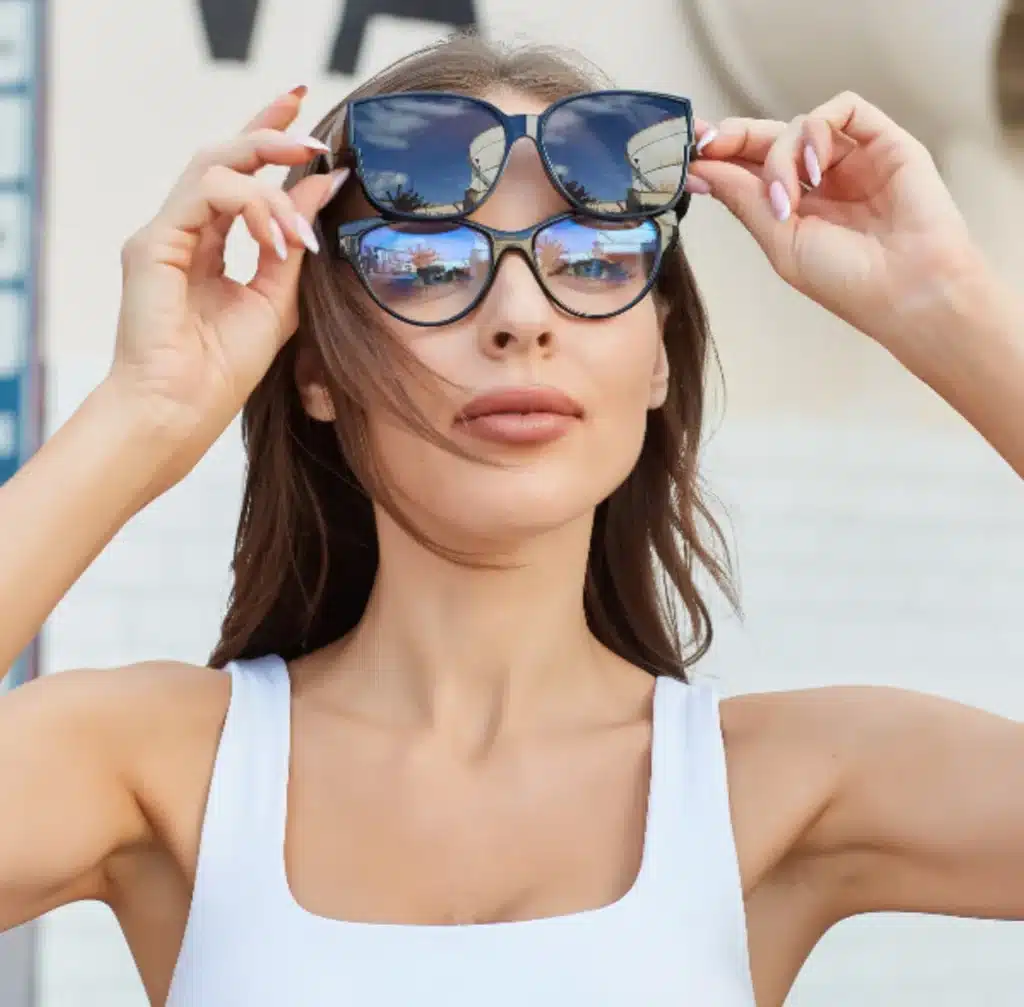
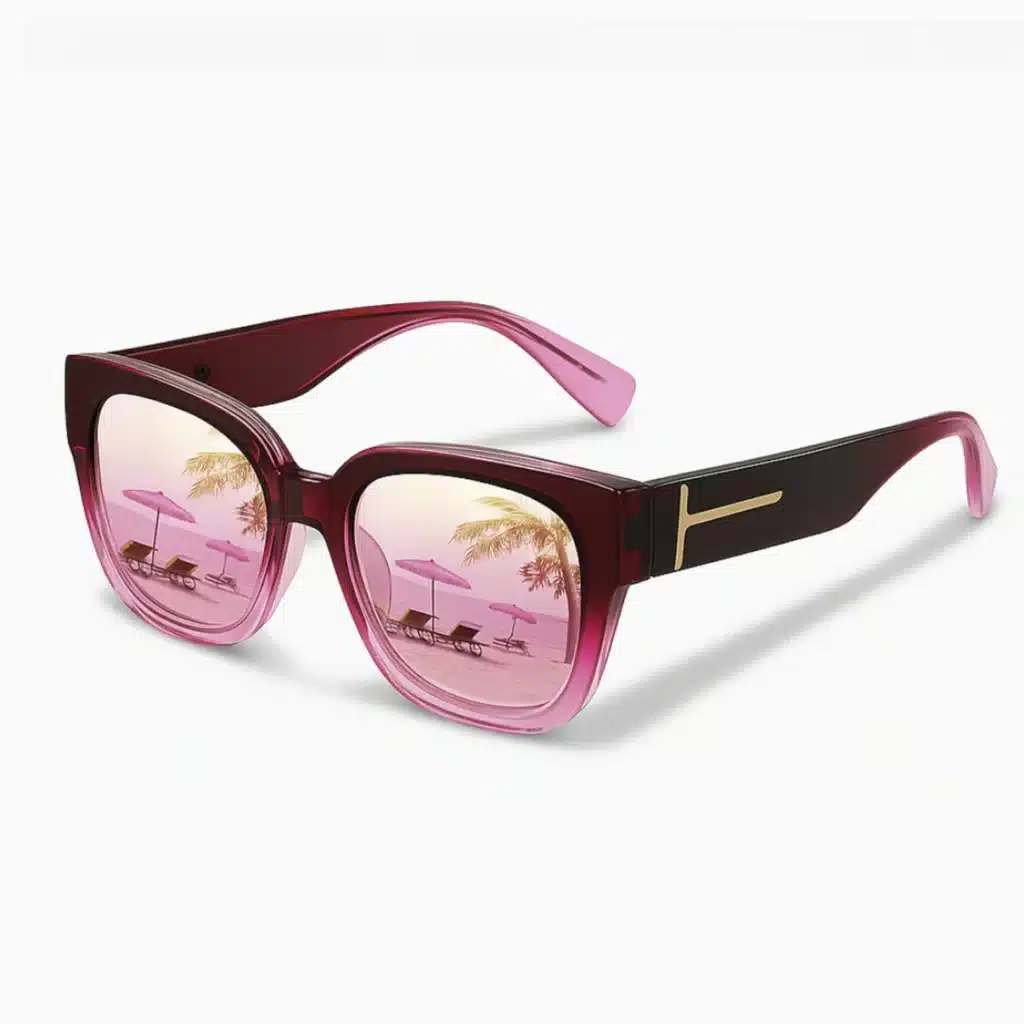
Fitover sunglasses are pretty simple in concept. They go over your regular glasses and give you sun protection without the hassle of prescription sunglasses.
But here’s where people mess up: they think “one size fits most” actually means it’ll fit their glasses. Or they just guess based on how their regular glasses feel.
I’ve seen people try to squeeze oversized frames into tiny fitovers, or wear massive ones that slide around their face like sunglasses on a toddler. Neither option is fun, trust me.
The secret? It’s all about getting the measurements right from the start.
What You Actually Need to Measure

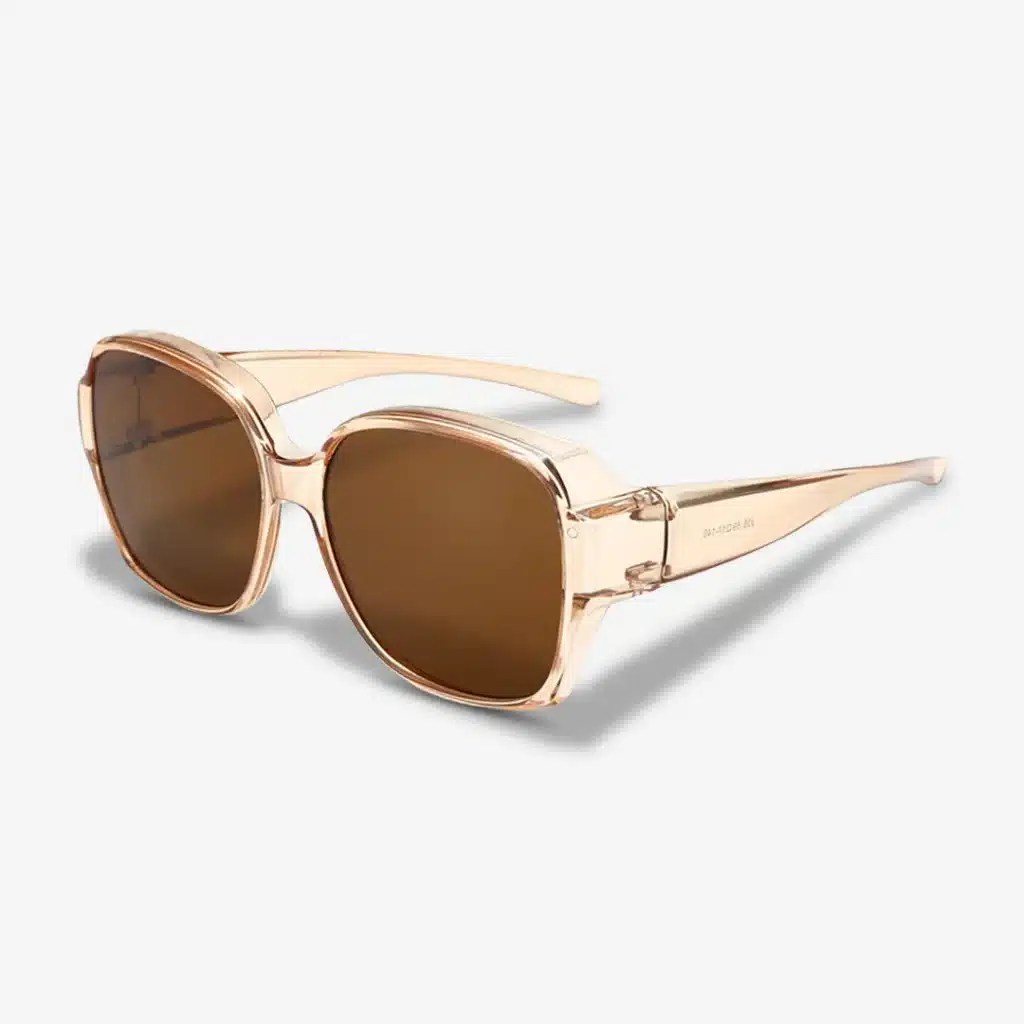
Before we get into the nitty-gritty, grab these things:
- A ruler (the kind with millimeters works best)
- Your everyday glasses
- Something to write on
- Decent lighting so you can see what you’re doing
That’s it. You don’t need fancy tools or complicated gadgets.
Getting the Width Right
This is probably the most important measurement, and it’s where most people screw up.
Put your glasses face down on a table. Now measure from the very outside edge of one side to the very outside edge of the other side. I’m talking about the whole frame here – not just the lenses.
A lot of people measure just the lens width and wonder why their fitovers don’t fit properly. You need the complete width of everything.
Most regular glasses are somewhere between 125mm and 150mm wide. Jot that number down.
Measuring Height the Smart Way

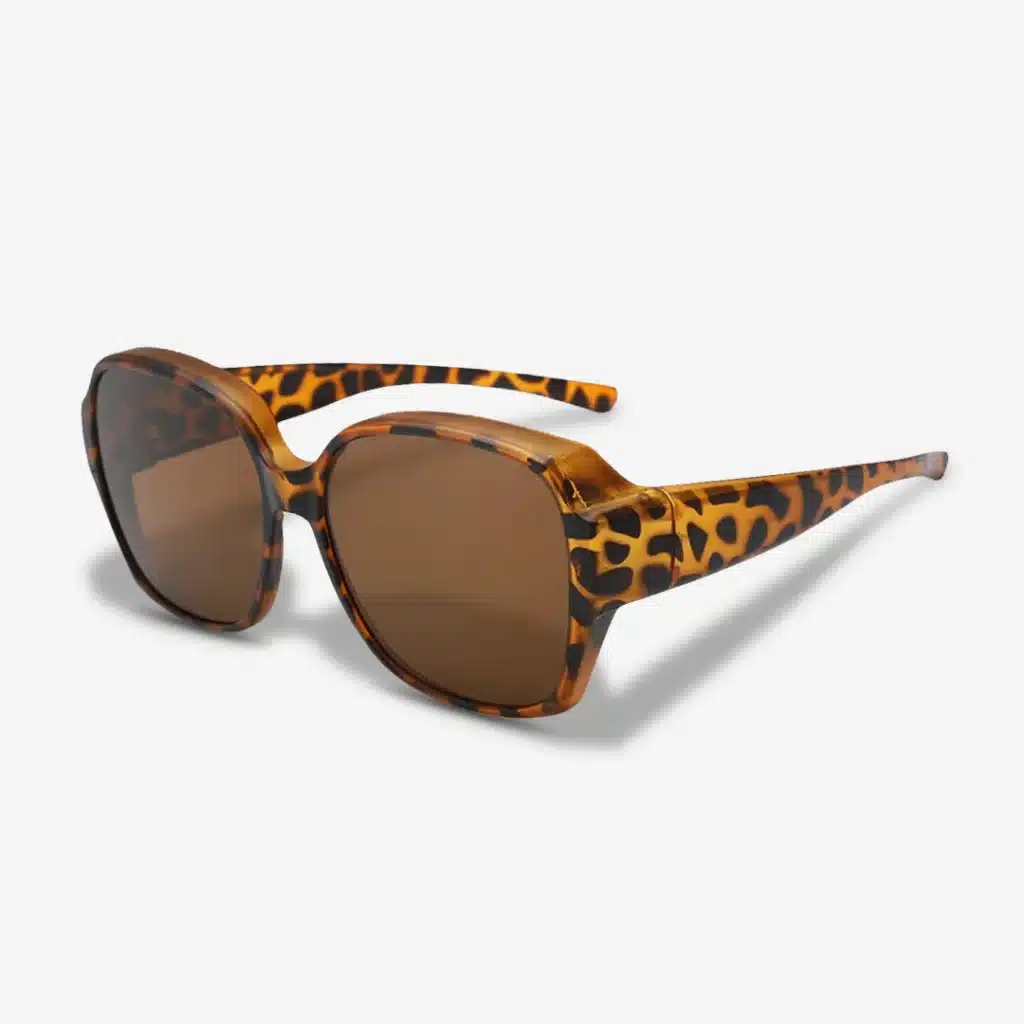
Next up is height, and this one’s pretty straightforward.
Measure from the tippy-top of your frame down to the bottom. If your glasses have those thick designer frames or any decorative bits, include all of that in your measurement.
Here’s a tip I wish someone had told me earlier – if your frames aren’t perfectly symmetrical (and lots aren’t), use the tallest part. Better to have slightly too much coverage than not enough.
You’ll probably end up with something between 30mm and 50mm, depending on whether you’ve got those tiny reading glasses or big fashion frames.
Don’t Forget the Bridge
The bridge is that little piece that sits on your nose. Measure across it from where one lens ends to where the other begins.
This matters more than you’d think because it affects how the fitovers sit on your face. A wider bridge means you need fitovers with more room in that area.
Shape Matching (Yes, It Matters)
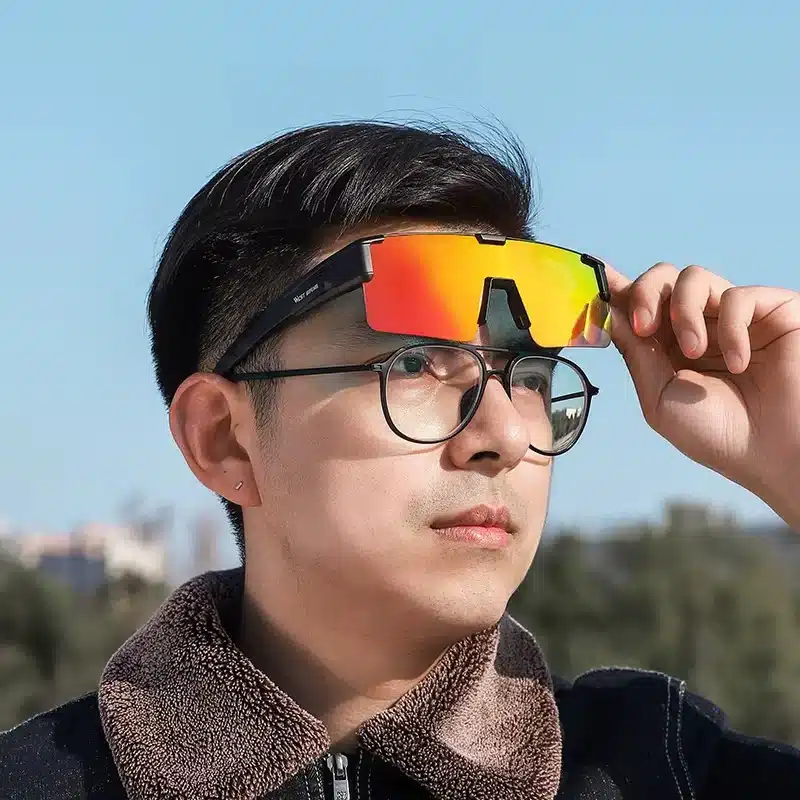
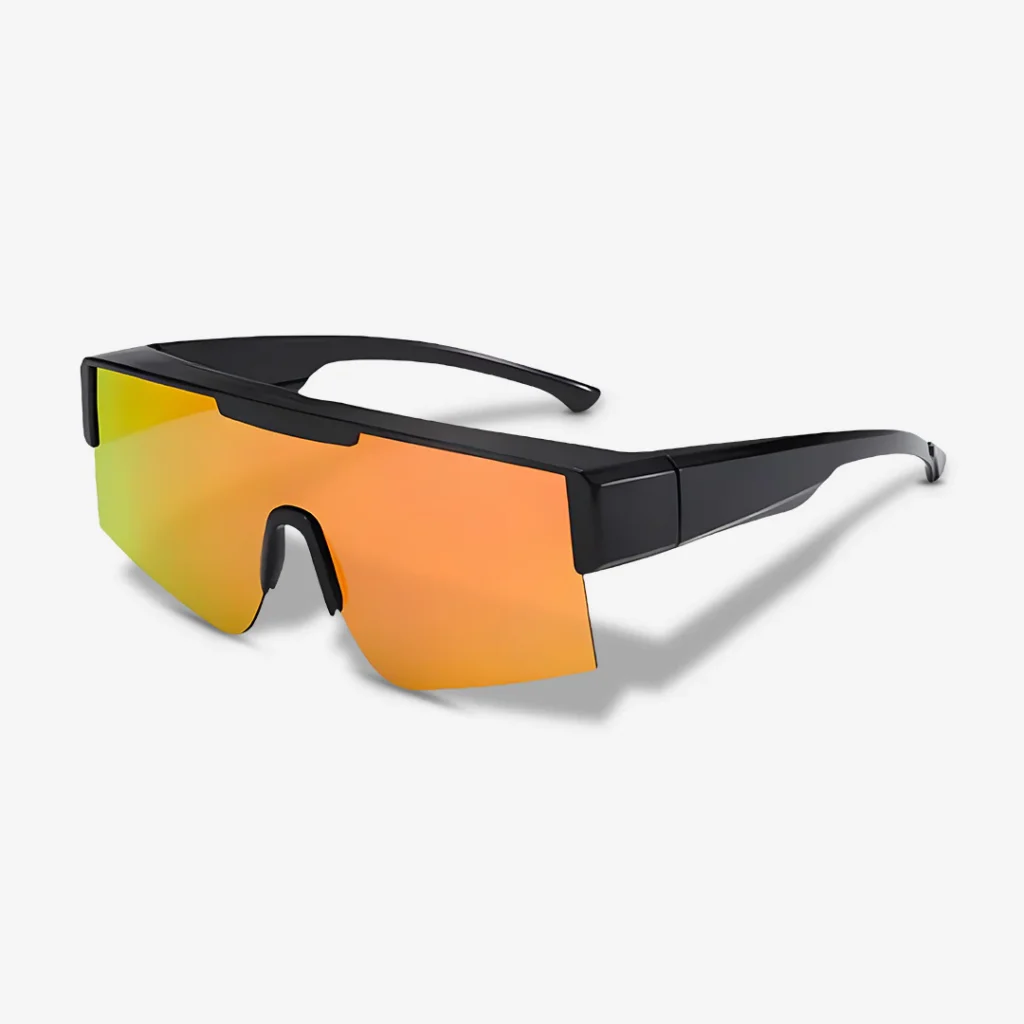
Your glasses probably fall into one of these camps:
Round glasses? Look for round or oval fitovers. They’ll follow the curves better.
Square or rectangular? Stick with angular fitovers that match those lines.
Oval frames? Lucky you – most fit-over shapes will work fine.
Cat-eye style? Try to find fitovers with a slight upturn at the corners.
I used to think this was just about looks, but it actually affects how well the light gets blocked around your frames.
Thick Frames Need Special Attention
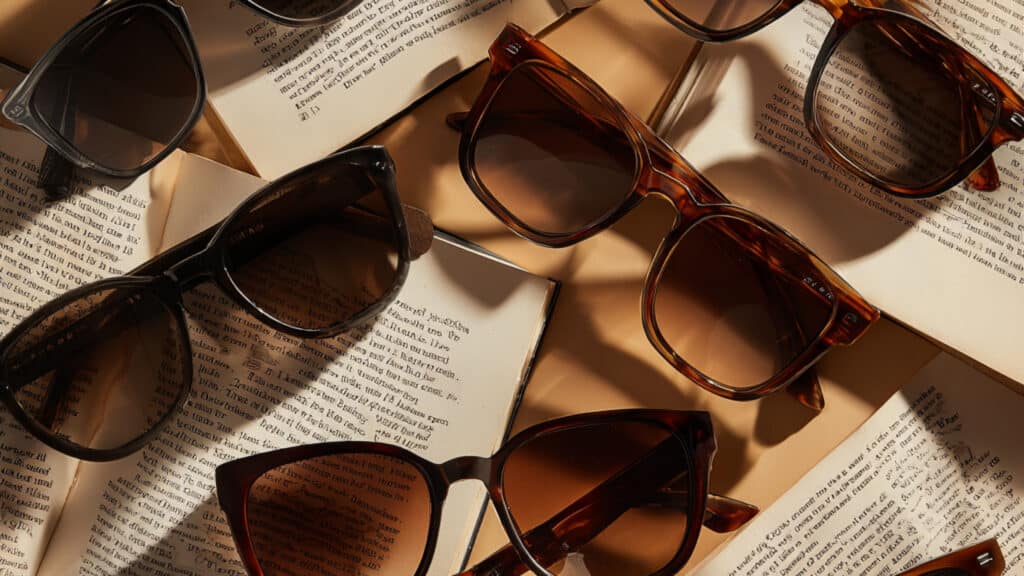
Got chunky frames? You’ll need to account for that.
Measure how thick your frames are at the thickest part (usually where the temples attach or along the top). If they’re more than about 8mm thick, you might need to go up a size even if your other measurements suggest smaller.
The Secret Formula That Actually Works
Here’s what I do every time:
For width: Take your measurement and add 5-10mm
For height: Take your measurement and add 3-7mm
This gives you enough wiggle room to be comfortable without being loose.
So if your glasses are 140mm wide and 42mm tall, you’d want fitovers that are roughly 145-150mm wide and 45-49mm tall.
When You Want to Get It Right the First Time
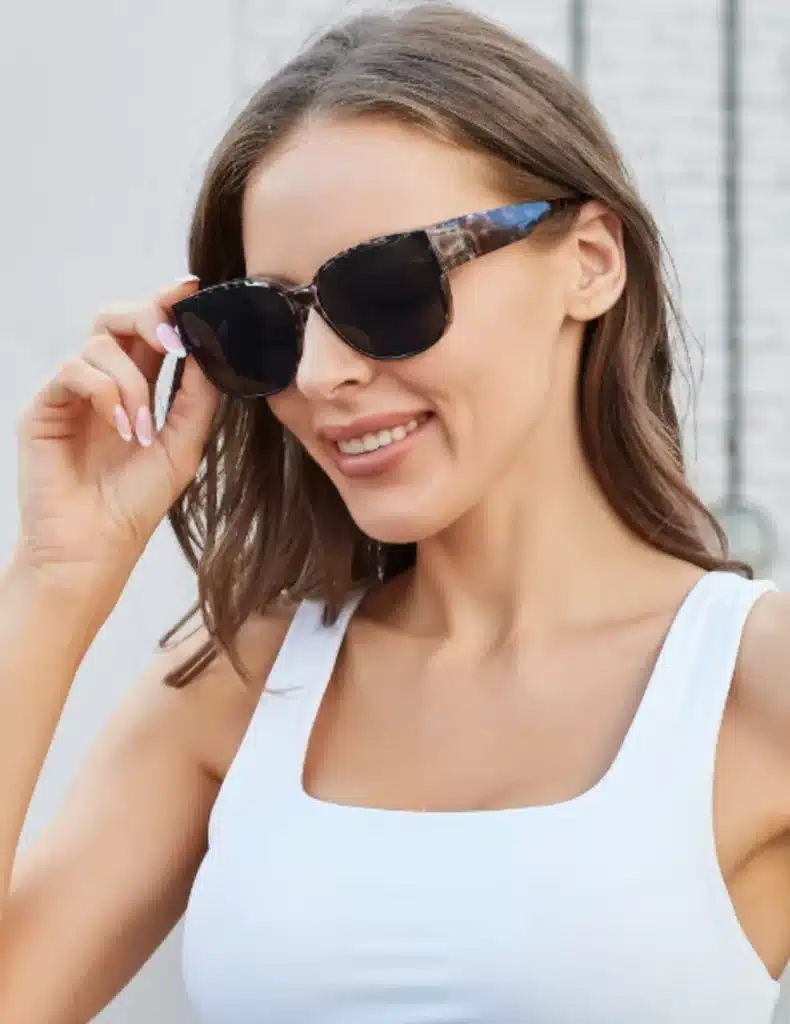
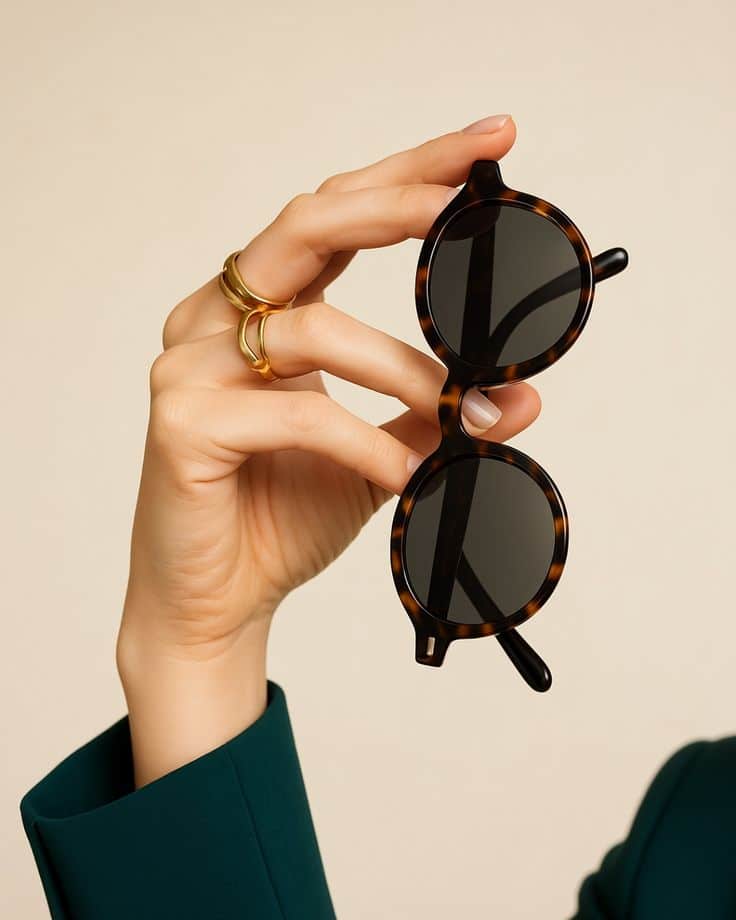
Look, I’ve tried a bunch of different brands over the years. But when I really want to nail the fit and still look good doing it, I go with Myliia.
What I like about them is that they don’t just throw a size chart at you and hope for the best. They actually walk you through the whole process. Plus, their customer service people know what they’re talking about – they can help you figure out sizing instead of just reading off a script.
The styles look modern too, which is nice if you care about more than just function. When you explore Myliia on how to measure for fitover sunglasses, you’re getting guidance from people who actually understand how this stuff works.
Mistakes I See All the Time
Measuring just the lenses – I did this on my first try. You need the whole frame width, including the parts that stick out.
Ignoring how thick your frames are, Thin wire frames and thick plastic ones need different amounts of clearance.
Forgetting about the temple length – If the arms are too short, your fitovers will fall off.
Picking style over fit – Yeah, they might look cool, but if they don’t fit right, you won’t wear them.
Making Sense of Different Size Systems


Different companies use different ways to describe sizes. Here’s what usually works:
- Small sizes: Good for frames up to about 135mm wide and 40mm tall
- Medium sizes: Handle frames from 135-145mm wide and 40-45mm tall
- Large sizes: Work for anything bigger than 145mm wide or 45mm tall
Some brands just use S/M/L, others give you exact measurements. When you’re not sure, ask for the actual dimensions.
Double-Checking Your Work
Before you hit “buy now,” take a minute to:
- Measure everything again (I know, I know, but trust me)
- Compare what you got with the brand’s size guide
- Look for ranges instead of exact matches – close is usually fine
- Make sure the company has a decent return policy, just in case
Thinking About What You’ll Use Them For
Driving a lot? You want something that doesn’t create blind spots or feel bulky.
Playing sports? Look for wraparound styles that stay put when you move around.
Fashion-focused? Consider colors and styles that work with your regular glasses.
All-day comfort? Go for lightweight materials and comfortable nose pieces.
Lens Types and How They Affect Fit
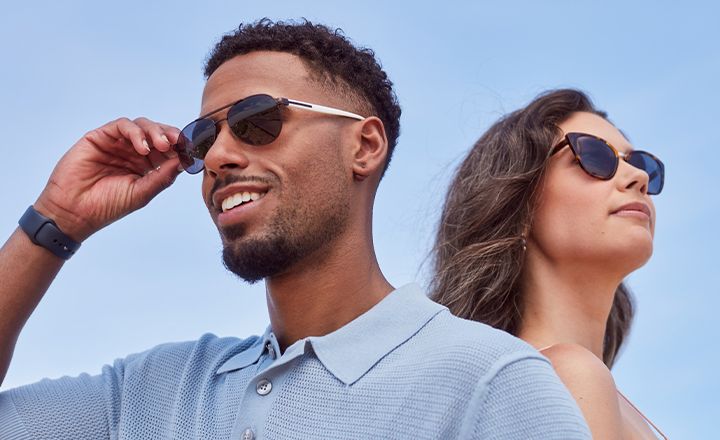
Different lens types can change things slightly:
Polarized lenses are usually a bit thicker, so you might need slightly bigger frames.
Photochromic lenses (the ones that change tint) are about the same thickness as regular ones.
Mirrored or gradient lenses don’t affect fit, but they do look different.
When Things Don’t Fit Right
Sliding down your nose? Try a smaller size or look for adjustable nose pads.
Too tight on your temples? Go up a size or find frames with more flexible arms.
Light sneaking in around the edges? Your fitovers need to completely surround your regular frames.
Fogging up between the lenses? Look for designs with little air gaps or anti-fog coatings.
What to Look for in a Good Brand
When I’m comparing different options, here’s what I care about:
UV protection – Should be 99% or 100%. Don’t settle for less.
Lens quality – Clear vision and scratch resistance matter.
Frame durability – They need to hold up to daily use.
Warranty – Good companies stand behind their products.
Fit features – Adjustable parts, good size selection, and different shapes available.
Ready to Make a Decision?

You’re good to go when you’ve got:
- Accurate measurements of your current glasses
- Thought about how thick your frames are
- Matched up shapes properly
- Figured out what you’ll mainly use them for
- Picked some brands and styles you like
Don’t rush it. Good fitovers last for years, but bad ones just collect dust.
Smart Shopping Tips
Timing matters – End-of-season sales are great for snagging quality brands at better prices.
Return policies are crucial – Always buy from places that let you return stuff easily.
Read reviews – Especially from people who have similar glasses to yours.
Try-on options – Some companies let you try before you buy, which is pretty sweet.
Spending a bit more on the right pair beats buying multiple cheap ones that don’t work.
What’s Next?
Alright, you’ve got everything you need to find fitovers that actually fit properly. Time to grab that ruler and measure your glasses using what we just covered.
Then start looking at brands that make the sizes and styles you need.
Don’t spend another summer squinting behind the wheel or juggling multiple pairs of glasses. With the right measurements and a decent pair of fitovers, you’ll have clear vision and solid protection no matter where you end up.
- 0shares
- Facebook0
- Pinterest0
- Twitter0
